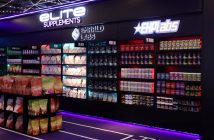In the first three months of 2025, electric vehicles (EVs) accounted for over 40% of new car registrations in Singapore. And if you take a peek at the top 10 EV brands, you might notice a rather unfamiliar name — Dongfeng — quietly peeking in at the number 10 spot.
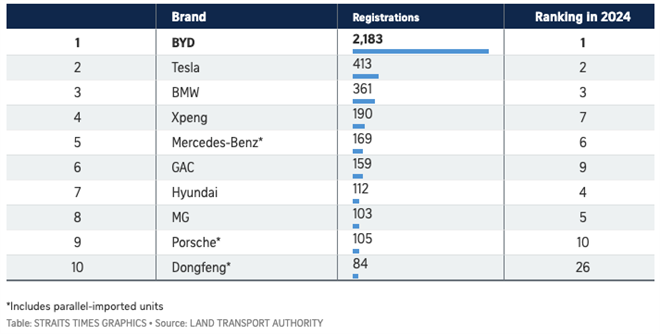
Source: The Straits Times, 23 April 2025
You wouldn’t be faulted for not recognising the brand Dongfeng. After all, Dongfeng only launched its first model for Singapore, the Dongfeng Box, on 25 September 2024.
As one of the latest newcomers to Singapore’s electric vehicle (EV) scene, Dongfeng has entered the market under the wing of Volt Auto, a newly established distributor founded by 27-year-old entrepreneur Soh Ming. A passionate car enthusiast, Soh Ming began his automotive journey by founding Icon Cars with just $1,000, aiming to revolutionise the industry.
Now, as the Managing Director of Volt Auto, he is spearheading Dongfeng’s entry into Singapore, bringing fresh energy and ambition to the fast-growing EV market.
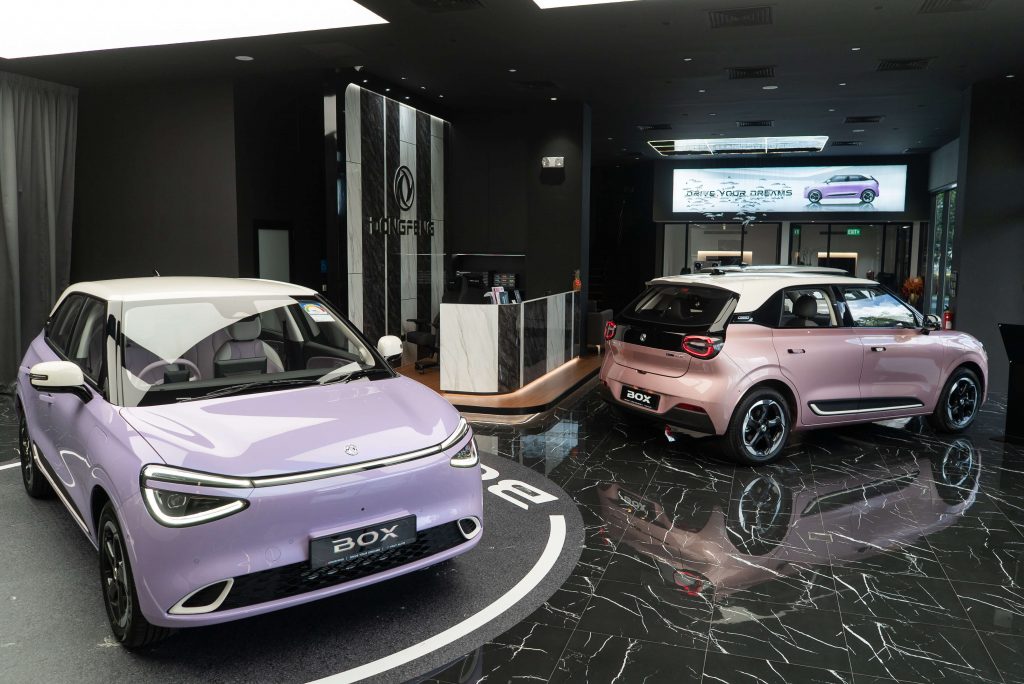
Photo by Volt Auto
A Brief History of Dongfeng
So, a young entrepreneur and a young brand (at least in Singapore) — you might be wondering, can you trust Dongfeng?
As it turns out, Dongfeng is anything but young. Founded in 1969, Dongfeng Motor Corporation is one of China’s oldest and largest automotive giants, with a history that spans over five decades. Originally established to manufacture military and commercial vehicles, Dongfeng has since grown into a powerhouse, instrumental in producing vehicles for both domestic and international markets.
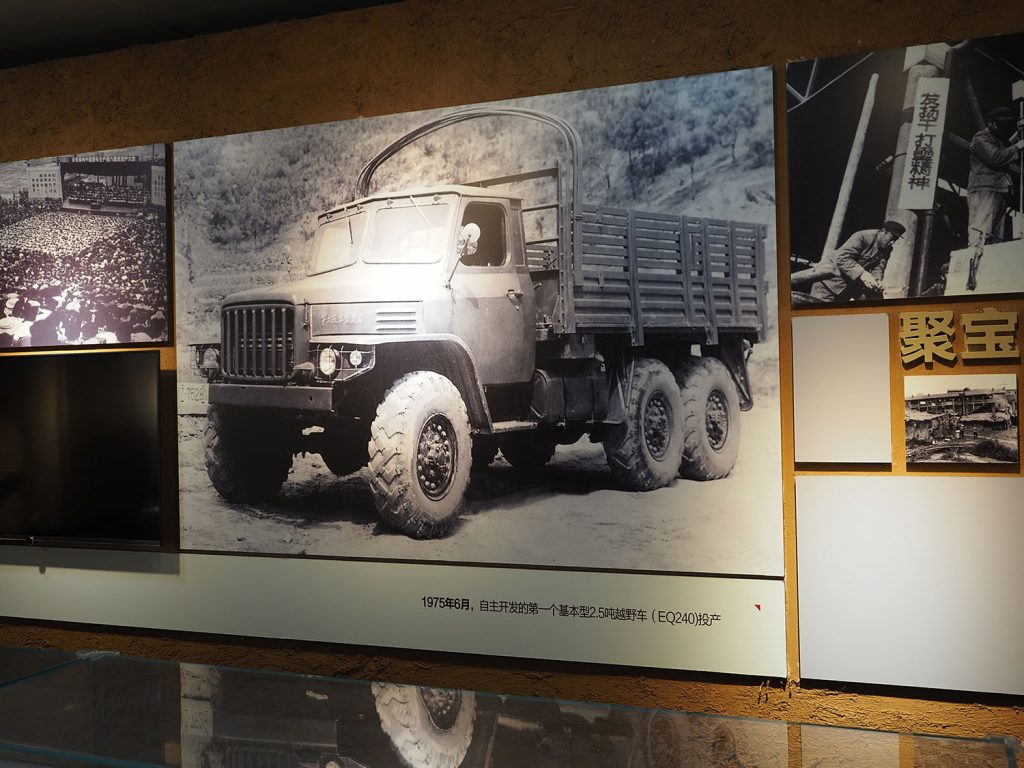
One of Dongfeng’s early military vehicles.
While Dongfeng primarily uses the “Dongfeng” brand for all vehicles exported out of China, it operates a variety of distinct brands within its home market. These sub-brands allow Dongfeng to target different customer segments more precisely, from affordable daily drivers to high-end electric vehicles and rugged off-roaders.
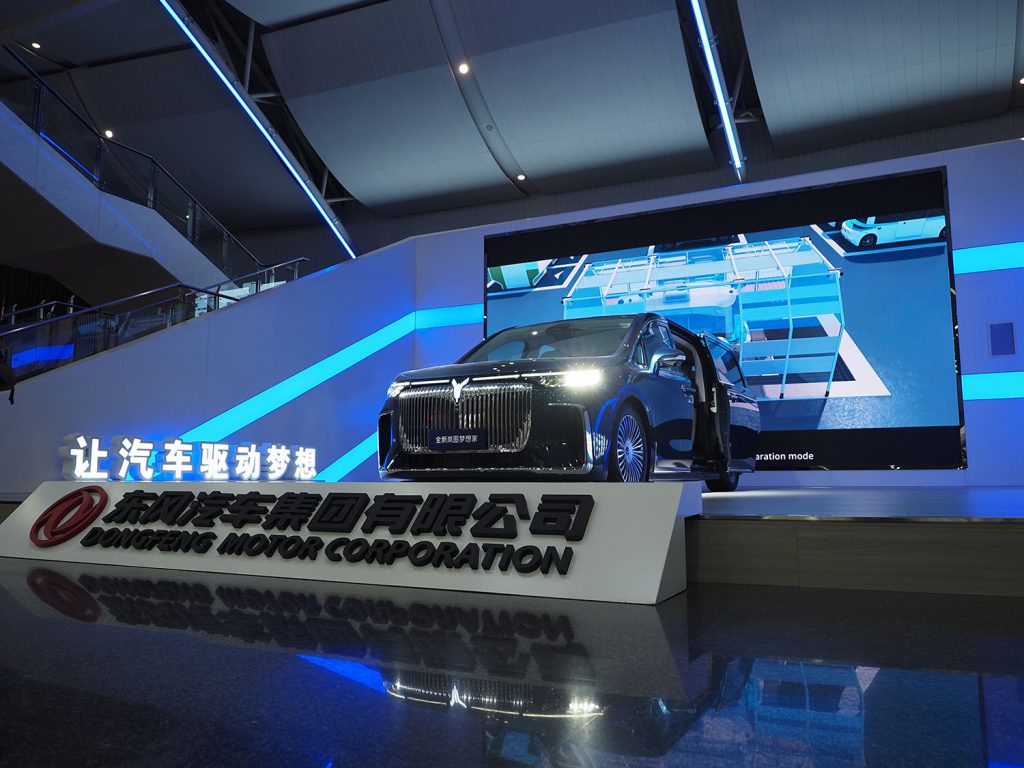
Focusing only on the sub-brands specialising in EVs, here’s a snapshot:
-
Nammi (纳米)
Focusing on budget-friendly electric vehicles, Nammi aims to make sustainable transportation accessible to a broader audience, particularly in urban settings. -
eπ (奕派)
A brand dedicated to innovative electric mobility solutions, eπ offers a lineup of electric sedans and SUVs designed with cutting-edge technology and modern aesthetics. -
Voyah (岚图)
Introduced in 2020, Voyah represents Dongfeng’s foray into the premium electric vehicle segment, emphasizing luxury, advanced technology, and sustainability. -
M-Hero (猛士)
A brand that embodies ruggedness and off-road capabilities, M-Hero produces high-performance vehicles built for challenging terrains and adventurous pursuits.
While not an EV-only sub-brand, M-Hero’s all-electric models — including hardcore off-roaders — are impressive enough to give even the Tesla Cybertruck a run for its money.
We take a closer look at Dongfeng’s EV sub-brands and explore which models are most likely to land in Singapore soon. How might they fit into our current EV landscape, and where could they stand against established players like Tesla, BYD, and Hyundai? Let’s find out.
Nammi (纳米): Budget-Friendly
Nammi is Dongfeng’s sub-brand focused on bringing affordable, practical electric vehicles to the masses. Designed with urban lifestyles in mind, Nammi models typically offer compact footprints, efficient performance, and smart, user-friendly features — all at a budget-friendly price point.
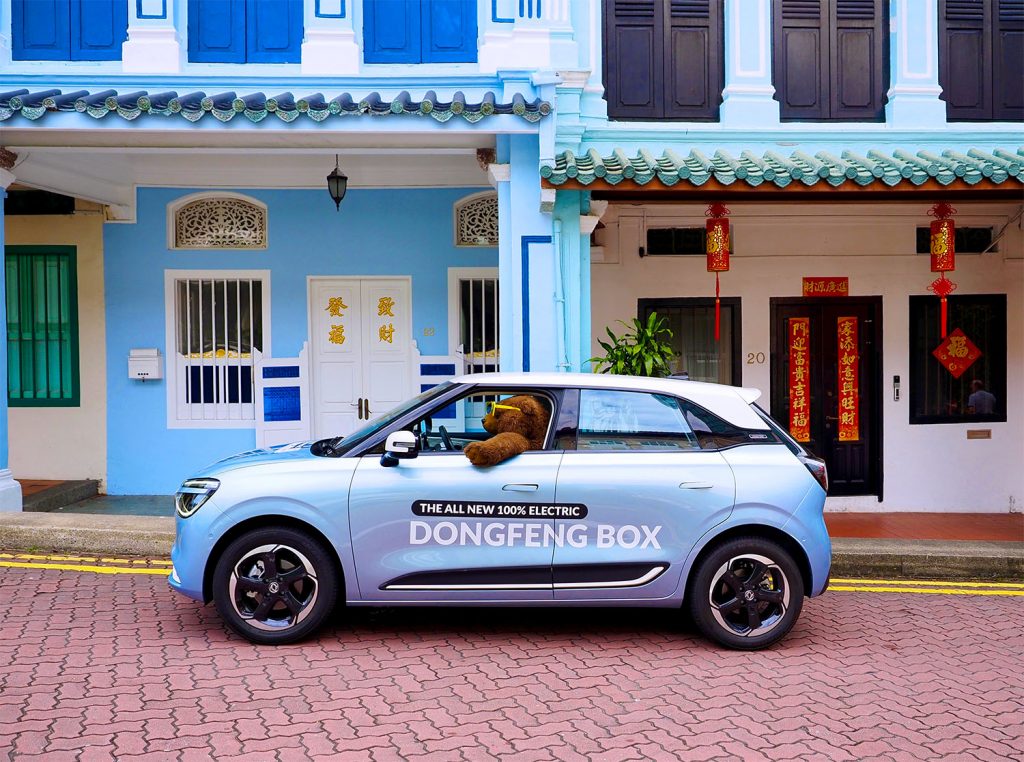
Photo © Calixto Tay
The Dongfeng Box, Dongfeng’s first model launched in Singapore, falls under the Nammi family. True to the brand’s philosophy, the Box is a small, compact car that punches above its weight — big on features, nimble in size, and positioned as an ideal option for city drivers looking to embrace electric mobility without breaking the bank.
eπ (奕派): Mainstream, Cutting Edge Technology
Dongfeng’s eπ (pronounced as “e-pai”) sub-brand represents its boldest leap into the future of electric mobility. Aimed at drivers who value cutting-edge technology, modern aesthetics and a premium experience without the premium badge price, eπ models are sleek, intelligent and built for those who want more from their EV.

Production eπ 07 (left), concept vehicle of the eπ 07 (right)
The eπ 07 has the potential to seriously disrupt Singapore’s EV landscape if and when it eventually arrives. This all-electric fastback sedan combines a plush, premium interior with a panoramic sunroof, advanced driver assistance systems, and high-end digital displays. True to its luxury ethos, it even offers a scissor-door configuration, a feature once reserved for high-end exotic cars. With a dual-motor setup that achieves 0 to 100 km/h in just 3.9 seconds, it is as quick as it is stylish.
In Singapore, the eπ 07 would compete directly with popular models such as the Tesla Model 3, BYD Seal and Hyundai Ioniq 6, potentially offering similar features at a more attractive price.
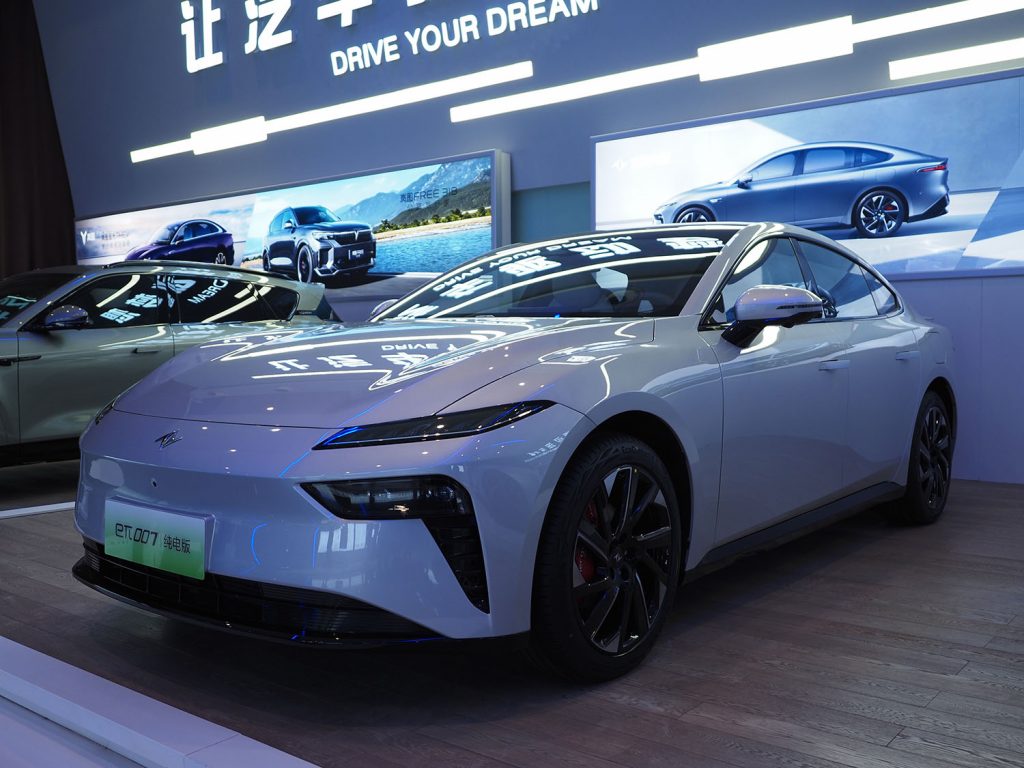
Similarly, the eπ 08 is a mid-to-large sports utility vehicle (SUV) available in both 5- and 6-seat configurations. It would likely appeal to larger households in Singapore. Families looking to seat more than five often find themselves choosing between budget MPVs like the BYD M6 or luxury options such as the Denza D9 and Zeekr 009. The eπ 08 could comfortably position itself between these extremes, offering spacious seating and modern features at a more accessible price point.
While eπ may not be Dongfeng’s most premium offering, it is built with an uncompromising focus on quality. At the eπ production facility in Wuhan, both the 07 and 08 models run on a mixed production line with high levels of automation. Critical processes such as glass, windshield, and sunroof installation, gluing, and inspection are all carried out by precision robots. These systems not only check for proper alignment and gaps but also detect air bubbles in the adhesive layers to ensure long-term durability and finish.
Battery modules are tested twice — once before assembly and again after installation — to ensure safety and performance.
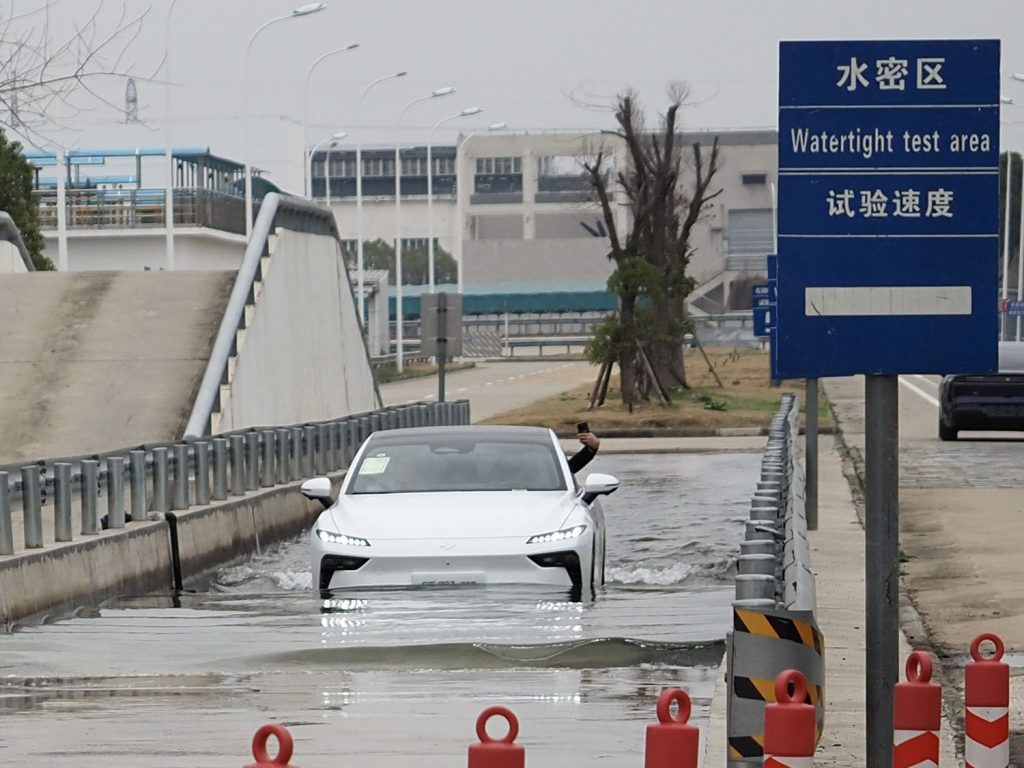
Water submersion test at eπ factory
In total, there are 1,832 individual inspection points are used to validate every car. Most impressively, 100% of vehicles undergo a full dynamic road test, including flood-resistance testing of up to 40cm water depth, before they are approved for storage and delivery.
Voyah (岚图): Premium and Electrified
Voyah (岚图, pronounced “Lan Tu”) is Dongfeng’s premium electric vehicle sub-brand, created to challenge the likes of BMW, Mercedes-Benz, and Lexus in the new energy segment. Launched in 2020, Voyah focuses on delivering high-performance electric and extended-range vehicles that blend luxury, advanced technology, and refined design. Unlike some EV startups, Voyah benefits from Dongfeng’s industrial muscle and deep R&D resources, giving it both credibility and production scale from day one.
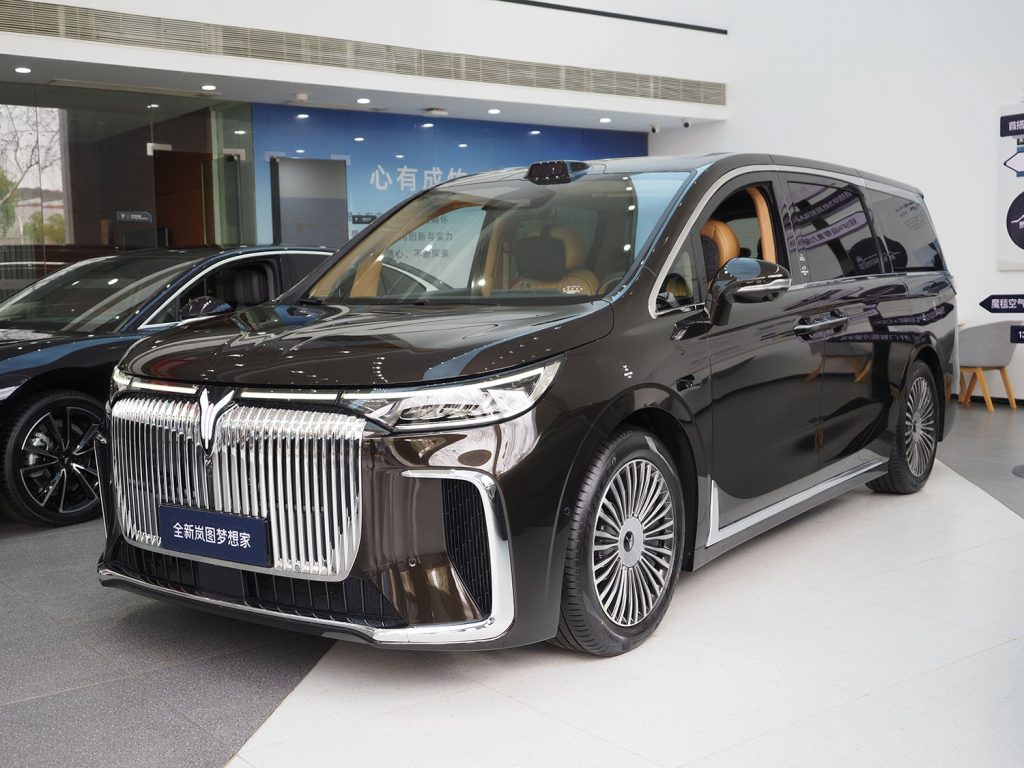
Voyah Dream
The Voyah Dream is a full-size luxury electric MPV designed as Dongfeng’s answer to the Toyota Alphard. Measuring 5,315 mm in length with a wheelbase of 3,200 mm, it offers ample space for up to seven passengers (various configurations are available). The interior is extremely plush, providing a VIP experience for passengers. Something interesting is the dashboard, which is equipped with a 1.4-metre triple-screen layout powered by the Qualcomm 8155 system-on-chip, providing a seamless and snappy digital experience.
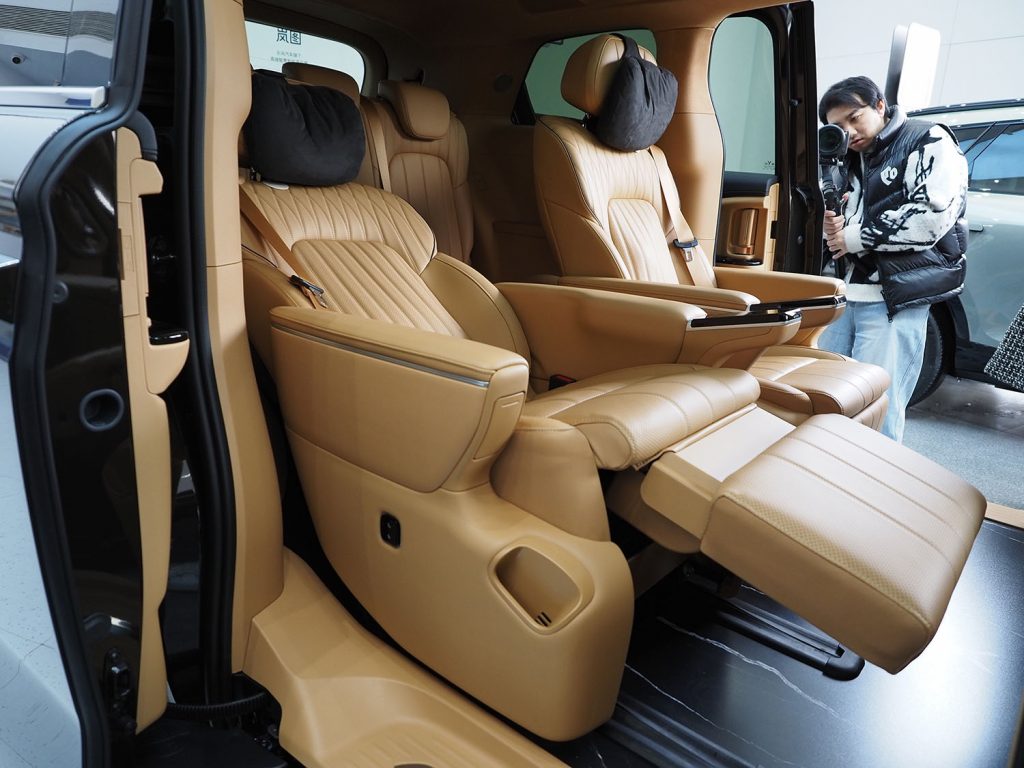
Voyah Dream Interior
Performance-wise, the Voyah Dream doesn’t disappoint. It accelerates from 0 to 100 km/h in just 5.8 seconds, thanks to its dual electric motors delivering a combined output of 320 kW (approximately 429 hp). The vehicle offers a China Light-Duty Vehicle Test Cycle (CLTC) range of up to 605 km on a single charge, making it suitable for both city commutes and long-distance travel. If the Voyah Dream arrives in Singapore, it would provide serious competition to the luxury electric MPV section here, currently occupied by Denza D9, Zeekr 009, Maxus MIFA 9 and XPeng X9.
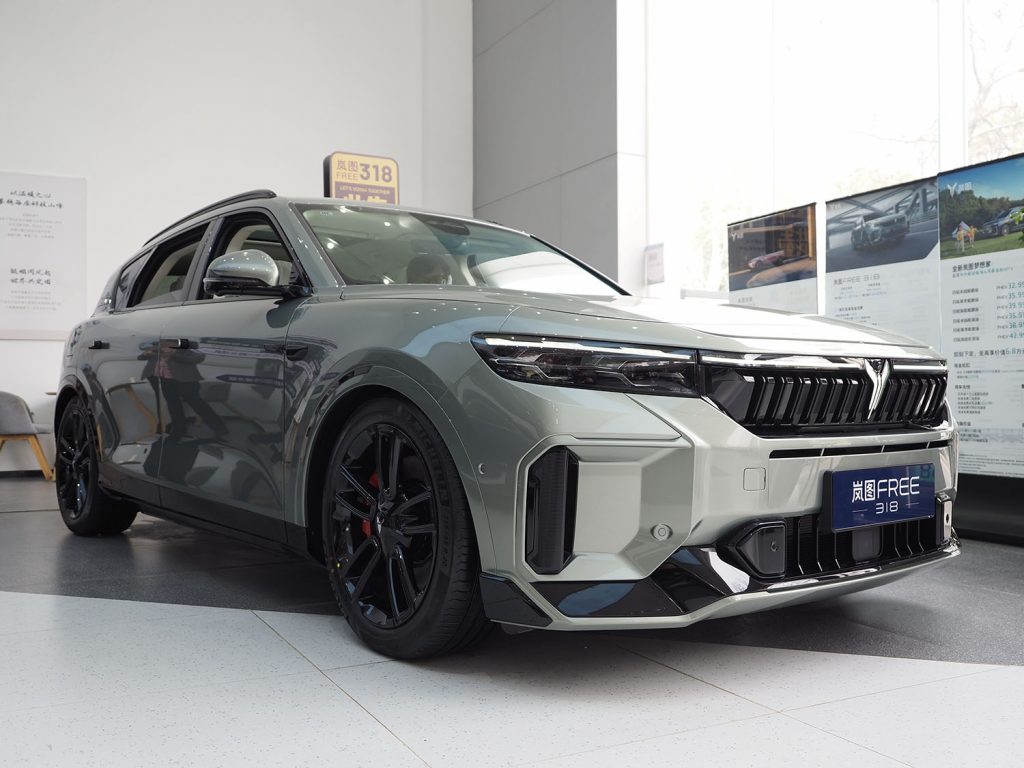
Voyah Free 318
There has been growing excitement in Singapore around ultra long-range vehicles. Enter the Voyah Free 318, which offers a value proposition with a more premium twist. This mid-sized luxury SUV is equipped with a 43 kWh battery that delivers a pure electric range of 318 km (CLTC), which is also where it gets its name. But don’t be misled — that’s just the beginning. The Free 318 also features a 1.5-litre turbocharged range extender that brings its total range to over 1,400 km.
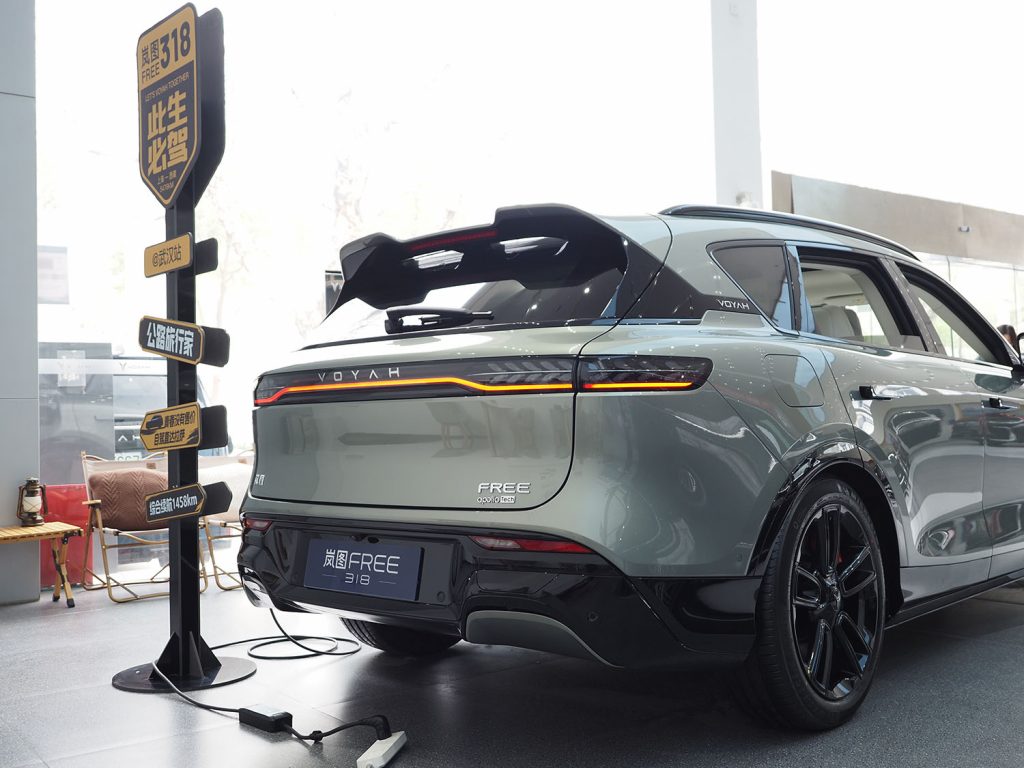
Voyah Free 318
Should the Voyah Free 318 make its way to Singapore, its athletic design, refined interior and an overall premium driving experience could appeal to buyers looking to move slightly upmarket while still enjoying extended range peace of mind.
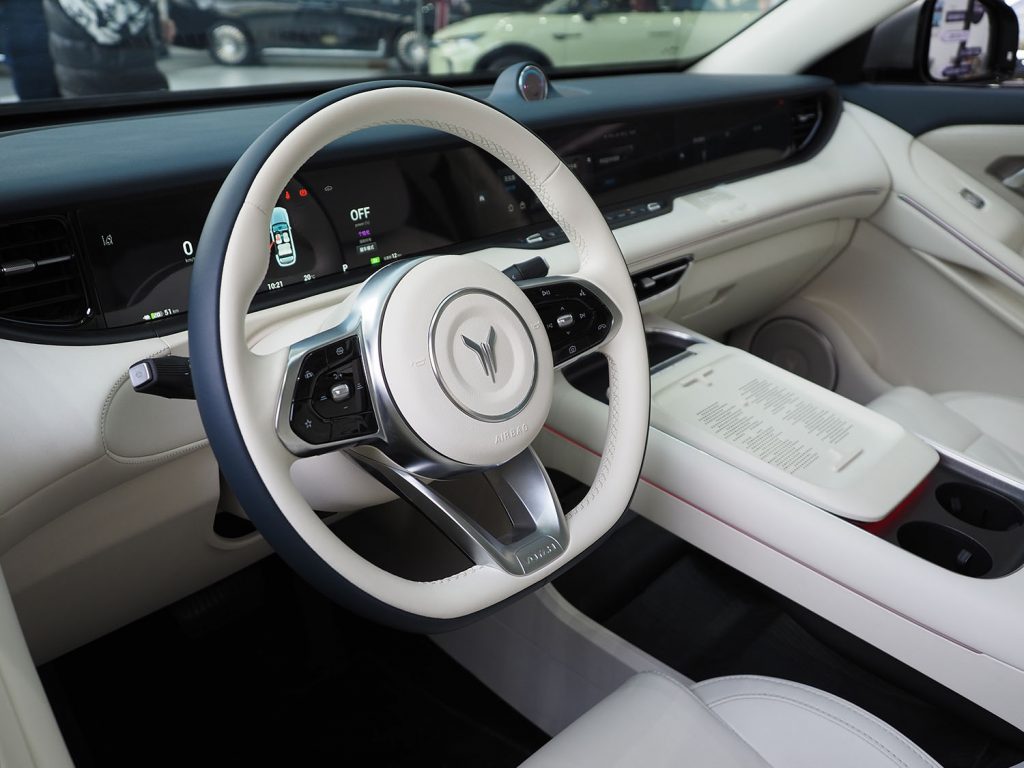
Voyah Free 318 Interior
M-Hero (猛士): Rugged and Tough
In the realm of EVs, rugged off-roaders are a rarity. M-Hero is Dongfeng’s sub-brand dedicated to crafting high-performance electric SUVs with genuine off-road capabilities. Launched in 2023, M-Hero aims to merge military-grade toughness with cutting-edge EV technology, offering vehicles that don’t just look the part but perform exceptionally in challenging terrains.
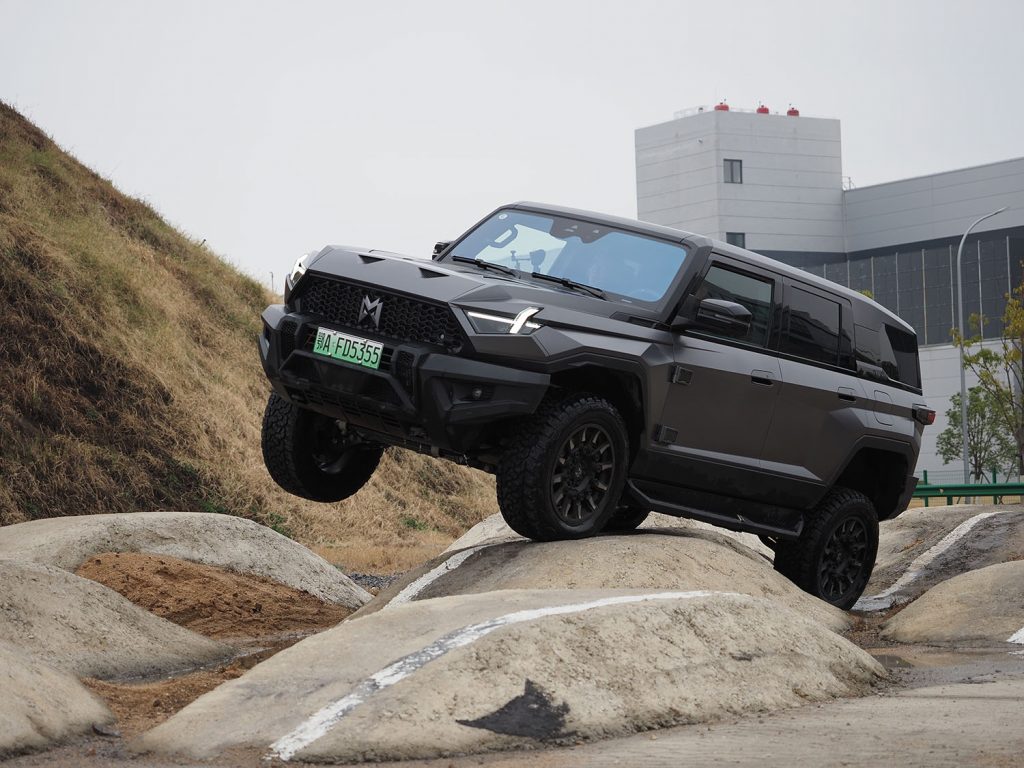
M-Hero 917
Although M-Hero is a very new brand, it has already put out an amazing flagship model, the M-Hero 917. This car stands as a testament to Dongfeng’s engineering prowess. This full-size luxury SUV is available in both Battery Electric Vehicle (BEV) and Extended Range Electric Vehicle (EREV) versions. Here’s a look at their specifications, and they are truly impressive.
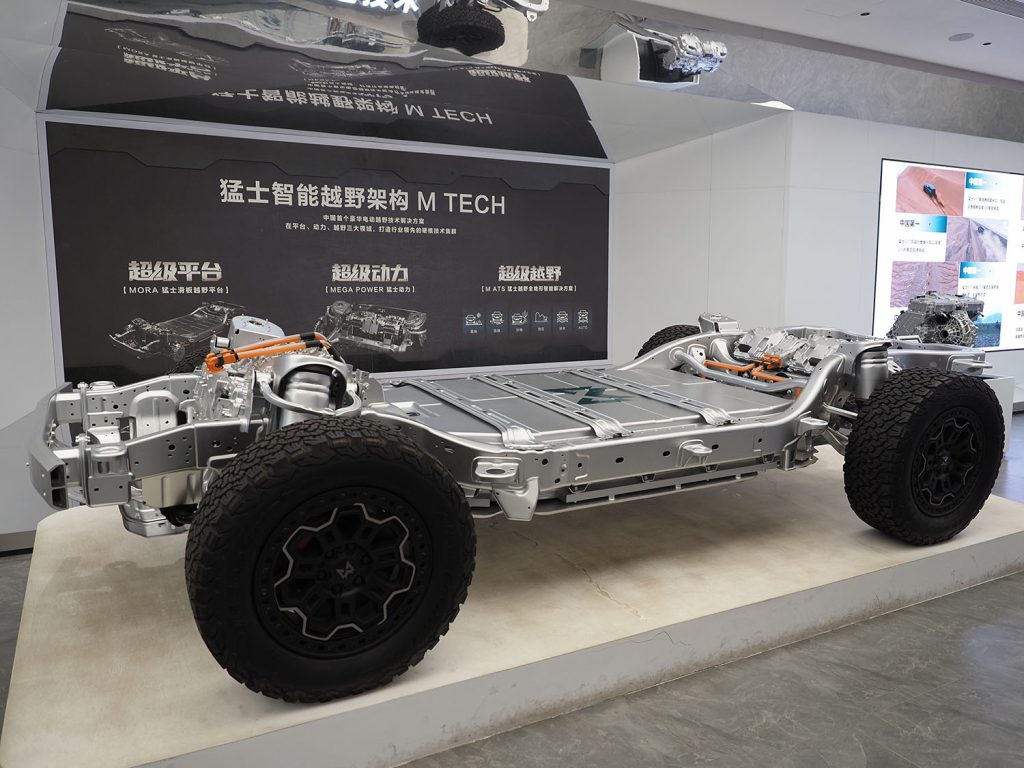
M-Hero 917 Chassis
Key Specifications:
-
Powertrain: The BEV variant boasts four electric motors delivering a combined output of 800 kW (approximately 1,088 hp), enabling a 0–100 km/h acceleration in just 4.2 seconds.
-
Battery and Range: Equipped with a 142.7 kWh battery, it offers a CLTC range of up to 505 km.
-
Off-Road Capabilities: Designed with a robust structure, it features advanced suspension systems and torque vectoring across all four wheels.
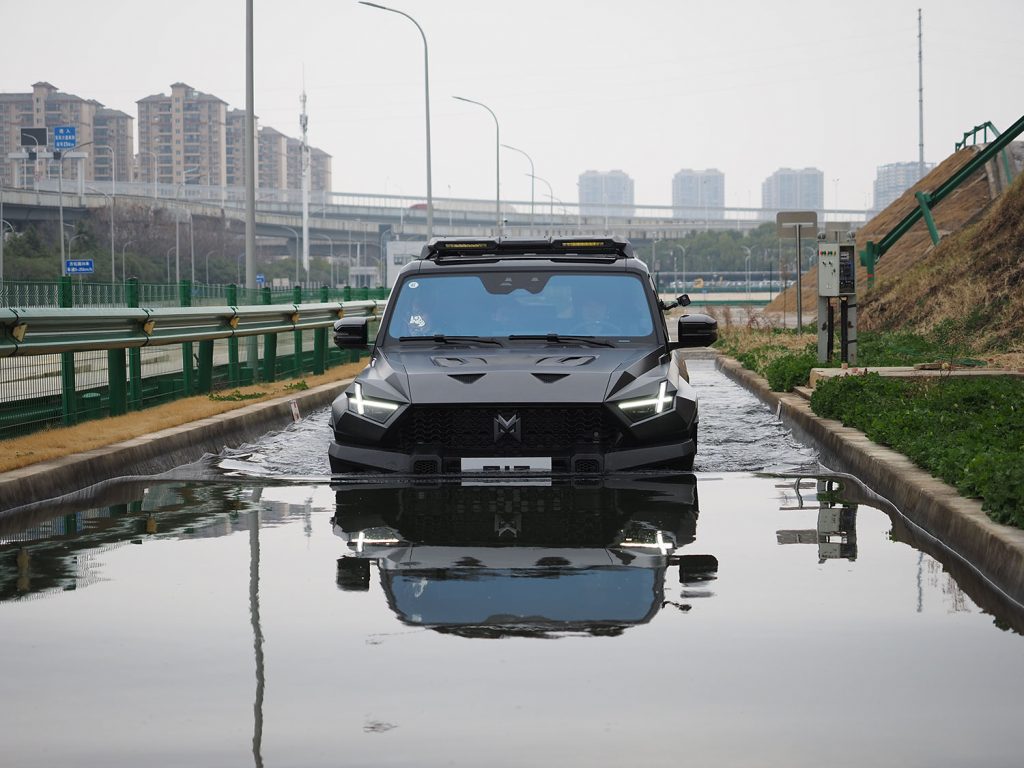
M-Hero 917 in water submersion.
While the Tesla Cybertruck has garnered attention for its futuristic design and impressive specs, the M-Hero 917 offers a superior proposition.
Comparison Highlights:
-
Power: M-Hero 917’s 1,088 hp surpasses the Cybertruck’s top-tier “Cyberbeast” variant, which delivers 845 hp.
-
Off-Road Focus: The 917 is purpose-built for off-roading, featuring a quad-motor setup and advanced suspension tailored for rugged terrains, whereas the Cybertruck, while capable, leans more towards on-road performance.
-
Design Philosophy: M-Hero emphasizes a blend of luxury and ruggedness, offering a more traditional SUV aesthetic compared to the Cybertruck’s avant-garde design.
Introducing the M-Hero 917 to Singapore would be intriguing. Its unparalleled off-road capabilities and luxury features would set it apart in the EV market. However, Singapore’s urban landscape offers limited opportunities to utilise its full potential. Additionally, its size and likely premium pricing might pose challenges in a market where practicality and cost-effectiveness are paramount.

M-Hero 917
Nevertheless, the M-Hero 917 underscores Dongfeng’s commitment to innovation and excellence in the EV sector. It exemplifies how traditional automakers can rival, and in some aspects surpass, pioneers like Tesla, signalling a dynamic shift in the global EV landscape.
A Brighter EV Future with Dongfeng
While Singapore’s EV scene is already buzzing and at times, even a little overwhelming with the rapid influx of Chinese electric vehicles, it’s clear that we’ve only just scratched the surface. There are still many hidden gems waiting to be discovered, and the models highlighted in this article are among the most promising yet.
From the tech-laden eπ 07 and 08, the luxurious flair of Voyah, and the sheer brute force of the M-Hero 917, each brings something new to the table. We think that not only would they shake up the local EV landscape, but they would also expand the range of choices and value propositions available to Singaporean drivers.
We can’t wait to see these models hit our roads — and when they do, they might just redefine what driving electric in Singapore truly means.

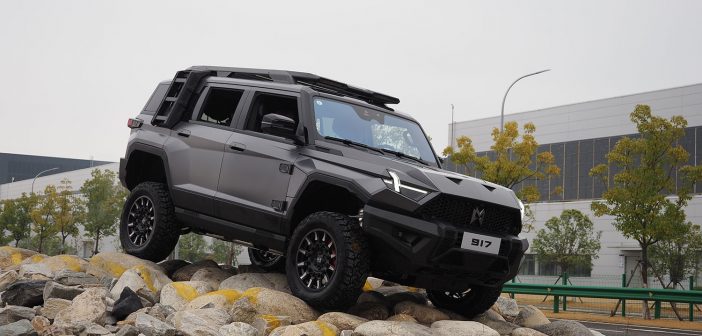
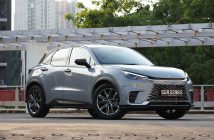
![[REVIEW] 1-Group Switches Out Au Balcon for il Giardino at the Singapore Botanic Gardens](https://asia361.com/wp-content/uploads/2025/07/IMG_2036-214x140.jpg)
